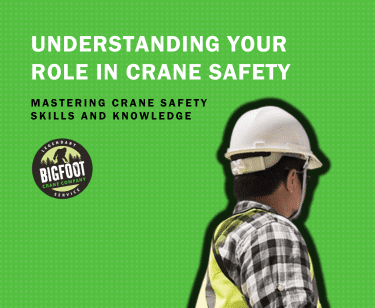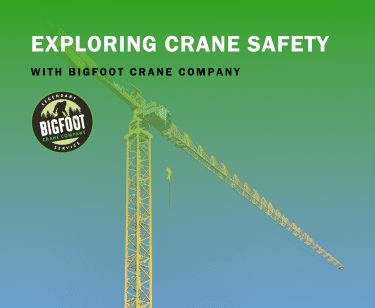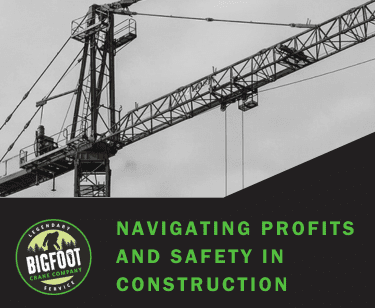Understanding Your Role in Crane Safety

Crane safety is crucial, requiring operator training, planning, risk assessment, and adherence to safety standards like ANSI and OSHA for safe operation.
How Wireless Anemometers Enhance Crane and Lift Safety

Wireless anemometers help enhancing safety in crane and lift operations. We discusses the technology, features, and benefits of these devices, particularly their use in providing real-time, accurate wind data.
Exploring Tower Crane Safety with Bigfoot Crane Company

Bigfoot Crane Company’s focus on tower crane safety, highlighting their safety measures, operator training, and advanced tech like anti-collision systems. It emphasizes their commitment to safety through incorporating innovative Liebherr cranes into their fleet, demonstrating leadership in safe construction practices.
Understanding Rigging in Construction

Rigging in construction involves lifting and moving heavy objects using various equipment. Essential for any project, it requires setting up materials and employing the right apparatus for safe and efficient operations.
Enhancing Crane Operations: A Comprehensive Guide to Crane Underhook Accessories for Safety and Efficiency

Explore how underhook accessories enhance crane safety and efficiency. Discover Bigfoot Crane’s robust and advanced lifting solutions.
Navigating Profits and Safety in Construction

In construction, balancing tight profit margins with worker safety is crucial. Prioritizing health and safety enhances productivity and profitability.